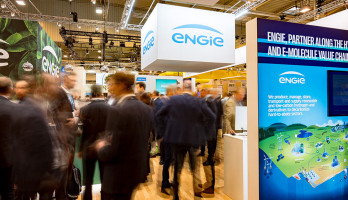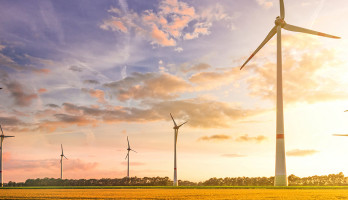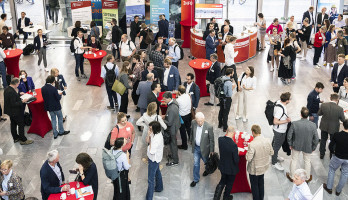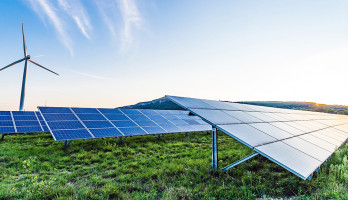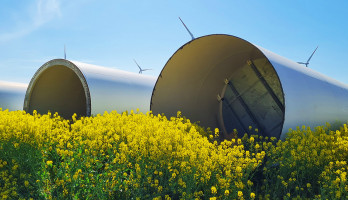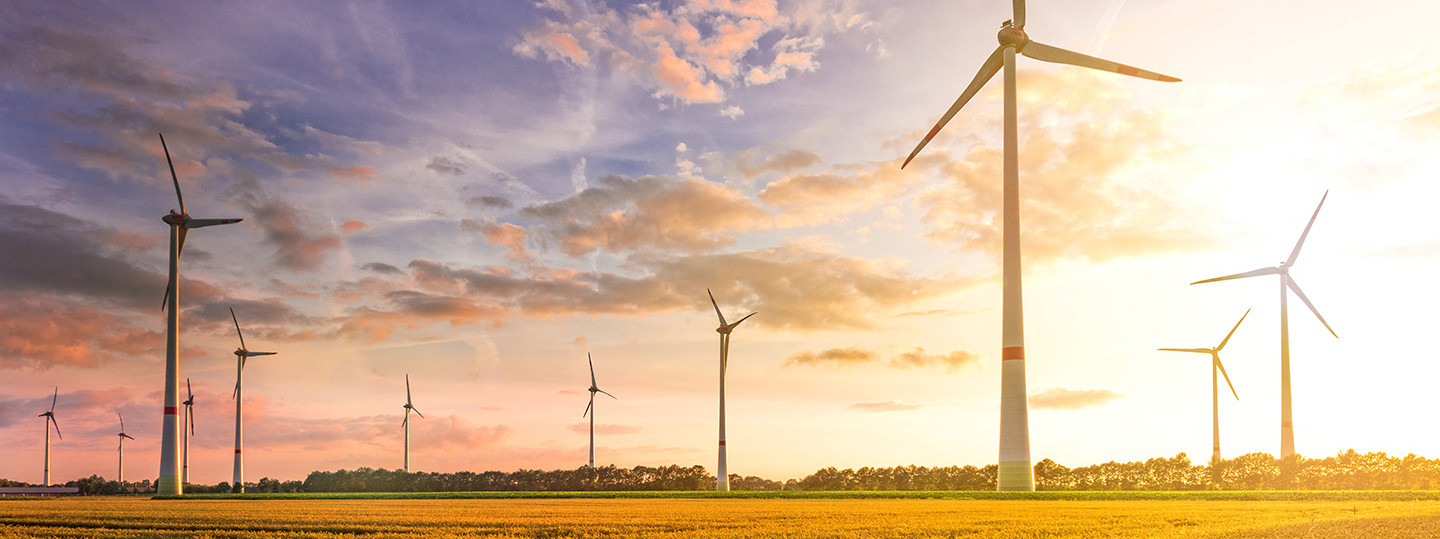
The PPA platform and its advantages and disadvantages
Anyone who looks around the market for green power products and, in particular, power purchase agreements (PPAs) knows that successfully bringing energy producers and end customers together is a story in itself. But where there are good offers, there are usually equally willing buyers. So-called PPA platforms are ideal for bringing buyers and sellers together. Sarah Drevermann, Senior Originator Renewables at ENGIE Global Energy Management Services & Sales, explains for whom the trading platforms are suitable and for whom they are not.
The demand for PPAs is growing strongly on the corporate side
Power purchase agreements (PPAs) have become an integral part of power procurement and decarbonisation. They offer suppliers and end customers alike a calculatory framework for the purchase and sale of energy and are a reliable hedge against fluctuating electricity prices on the volatile energy market. Via PPAs, end customers reliably purchase green electricity from specific renewable energy plants. The contracts are also a good option for the supply side. This is especially true for operators of plants whose support under the EEG feed-in tariff is coming to an end. With contractually regulated power purchase agreements, energy producers again benefit from price certainty - and even in the long term, depending on the PPA.
PPAs enable the path to decarbonisation, but the contractual design of the price structures is not always clear for every company. PPAs are still highly individualised contracts and a range of procurement structures are available to companies.
PPA platforms at a glance
Platforms for PPAs are essentially digital marketplaces that connect renewable energy project developers and electricity consumers who want to purchase renewable energy:
- Project developers and operators present their projects on the PPA platform including the most important data about the project. This information includes the technology of the plants, location, capacity (in MW), expected production (in MWh), hourly load profile data and expected commissioning.
- This information helps buyers to get a clear picture of the market situation and to make an initial screening of possible PPA options.
- The pricing structures for PPAs on the platforms are mostly standardised and set by the platform operators. However, prices need to be updated regularly according to market movements.
- On the buyer side, companies can conduct tender procedures.
- Currently there are three providers worth mentioning. These include the US company LevelTen Energy, the British PPA platform Zeigo and the Spanish provider Sanza Energy.
When does it make sense for companies to go through platforms - and when not?
Platforms are evolving rapidly. The market for platforms is highly competitive, with new players coming to the table or joining forces. Thus, the PPA market is constantly evolving.
In PPA markets where there is an imbalance between supply and demand, platforms reach their limits. Especially where fewer new projects are being built and demand on the industrial side is high, the incentive and speed of response on the platforms is limited.
The tenders on the platforms are highly standardised with the intention of simplifying processes and making bids comparable. However, this often simplifies tenders and the individual characteristics of the different markets in Europe, between the UK, Germany or Spain cannot be processed in the process. Standardisation is necessary, but one should take into account that complex structures cannot be completely inserted into a matrix.
For companies, platforms can be an enabler to accelerate green energy procurement. They have the potential to expand and diversify the pool of corporate buyers looking for green energy solutions.
Thus, in a first step, platforms offer a promising snapshot into the respective PPA market. As a second step, and in order to avoid blind spots, industrial companies and SMEs need to remain flexible in their terms and conditions, as each market and project status is unique. A close bilateral relationship between buyer and seller is crucial for handling large contracts that span several years.
For us, it is very important that we put together the PPA for each of our clients that fits their needs exactly. With regard to the length of the term, the delivery volume and the delivery model, but also with regard to special requests, for example the integration of regional plants or the special use of green electricity. This results in very different constructs, as with Google, Currenta or now currently Charter Hall, one of the leading real estate groups in Australia.
Our Expert



